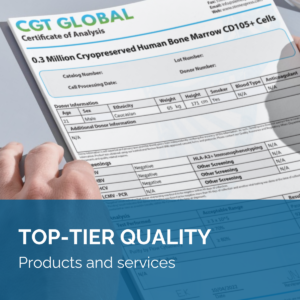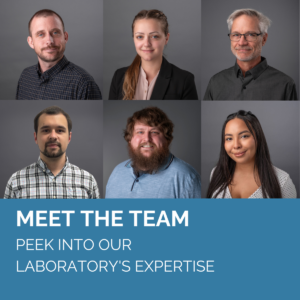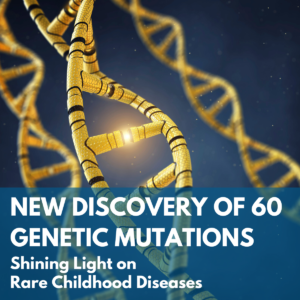According to the World Health Organization (WHO), approximately 36.7 million people are living with HIV and one million have died due to a failing immune system in 20161. Currently, antiretroviral treatment therapy is used to prevent disease progression, but a cure has perplexed scientist for over 40 years. To find a cure, improvements in the understanding of the pathogenesis of HIV infection need to be made. Animal modeling has greatly enhanced our ability to understand the human immune system and the diseases that affect it. Non-human primates, as an animal model system, have played an important role in the study of HIV and has led to many important findings, however, it still falls short of grasping a better understanding of the pathogenesis of HIV infection in humans. Recently, humanized mice have become important tools for the in vivo studies of human cells, tissues, and organs in areas relating to hematopoiesis, infectious diseases, acute/chronic diseases and drug discovery. In a review by Marsden and Zack, published in Annual Review of Virology, the authors discuss the types of humanized mice used to study HIV and the recent advances in HIV research and therapeutics.
To access the article, click here.
A successful humanized mouse model that focuses on disorders of the human immune system is made through the engraftment of CD34+ human hematopoietic stem cells (HSCs) into irradiated immunodeficient mice (NOD/SCID). Human CD34+ HSCs can come from a variety of source material, including cord blood, bone marrow and mobilized peripheral blood. It has been reported that human CD34+ cells from cord blood are more effective at HSC engraftment than CD34+ cells from mobilized peripheral blood and bone marrow2. In addition to CD34+ HSC engraftment, common mouse strains used today also lack a functional IL-2rϒ gene (NOG, NSG, NRG or BRG mice), which incidentally increases HSC engraftment and promotes multilineage hematopoiesis. Additionally, these mouse strains have detectable T and B cell responses to human viruses making them an important model for studying infectious diseases, like HIV3.
Each humanized mouse model will have their own advantages and disadvantages of studying the human system. The design of each model depends on the human disease being investigated and the questions being addressed.
At StemExpress we offer the full range of primary cells necessary to design a humanized mouse strain. HSCs can be obtained from several different tissues, including human umbilical cord blood, bone marrow, peripheral blood Leukopaks and mobilized peripheral blood Leukopaks. We offer human CD34+ HSCs in cryopreserved and fresh formats. All samples are screened for HIV, HBV, and HCV and only negative results are shipped. Additionally, LCMV testing can be included for each sample.
Contact us for further information.
References:
-
- World Health Organization: http://www.who.int/hiv/en/
- Matsumura et al., 2003. Functional CD5+ B cells develop predominantly in the spleen of NOD/SCID/γcnull (NOG) mice transplanted either with human umbilical cord blood, bone marrow or mobilized peripheral blood CD34+ cells. Exp Hematol. 31: 789–797.
- Karpel et al., 2015. BLT humanized mice as a small animal model of HIV infection. Curr Opin Virol. 13: 75-80.







